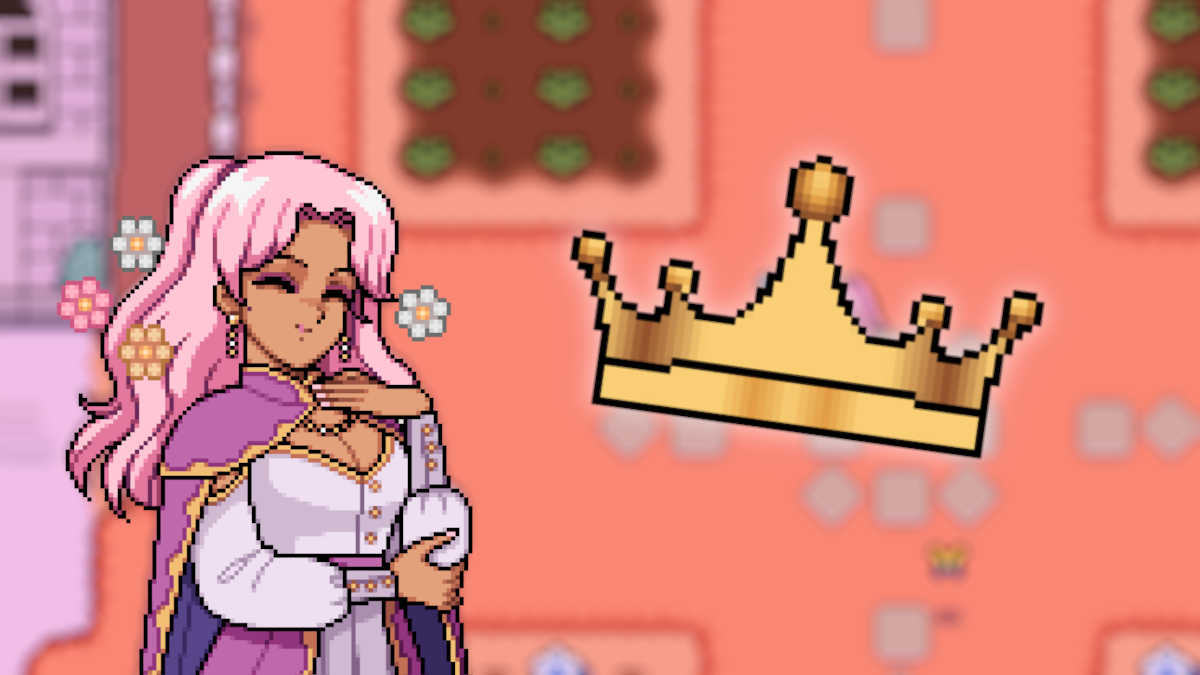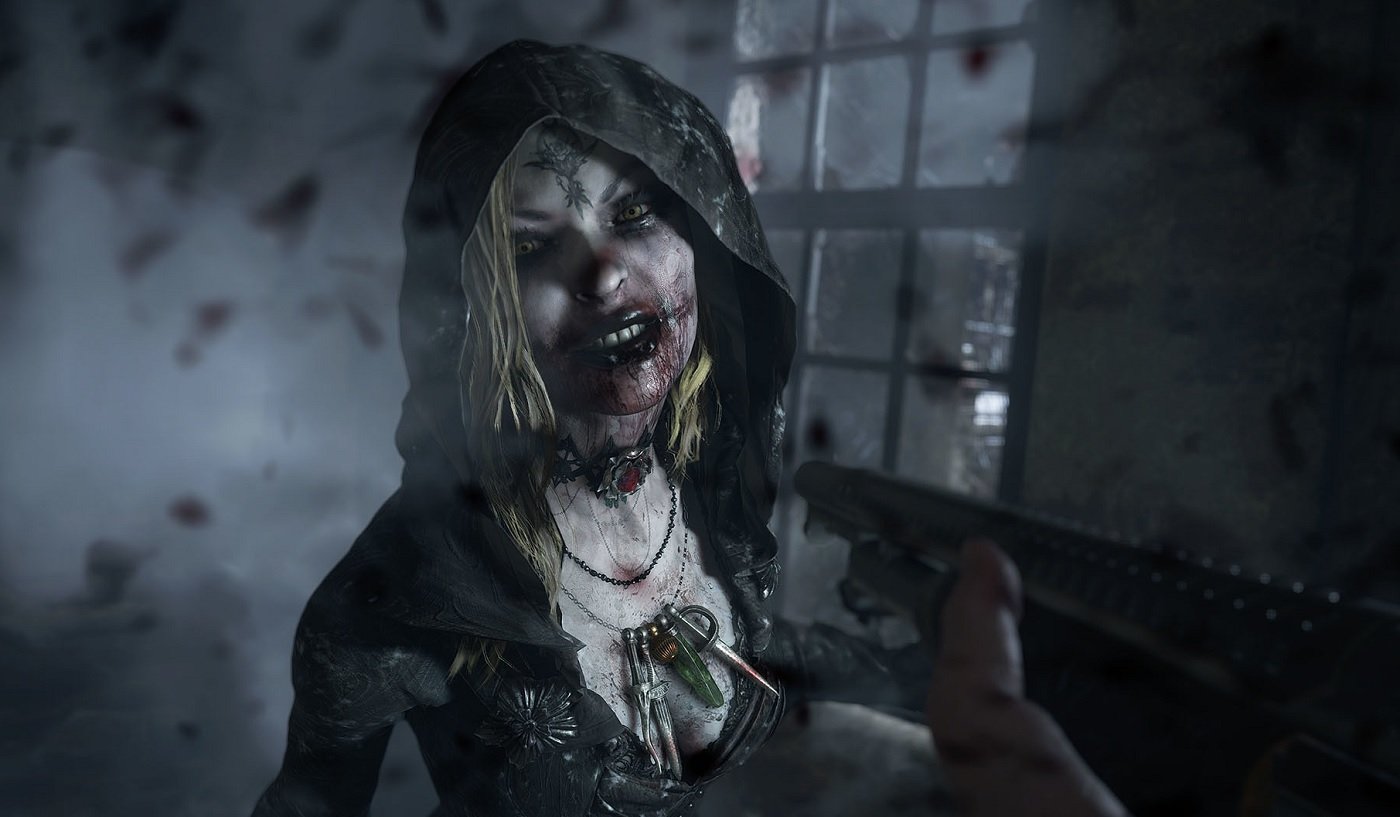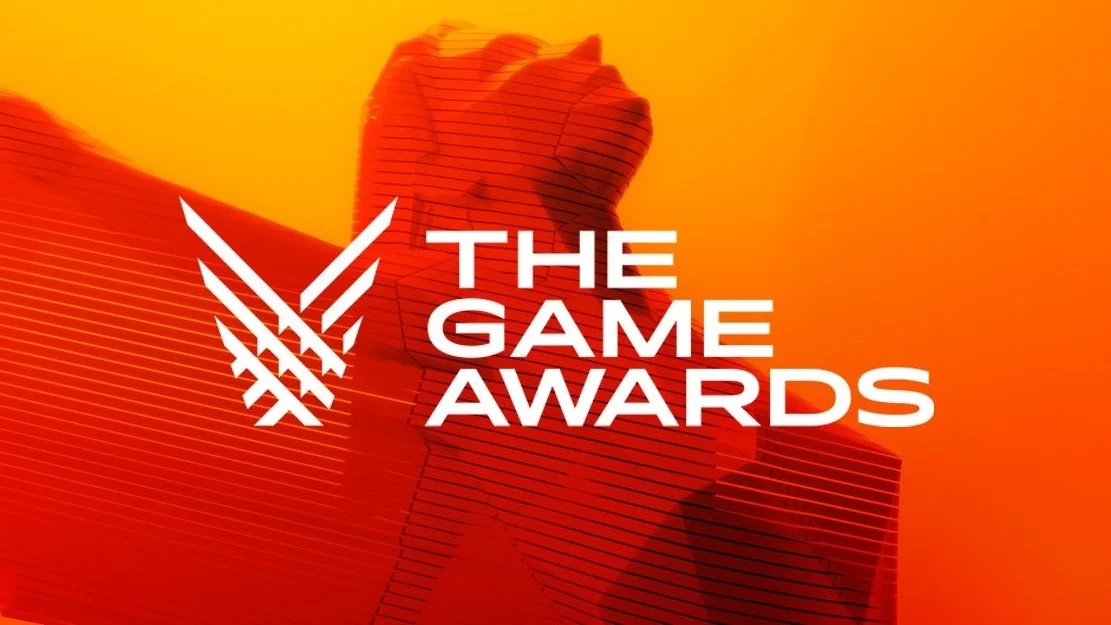#The Stack in MTG, defined – Destructoid

Table of Contents
The Stack in MTG, defined – Destructoid
Inside each Magic: The Gathering recreation, an unseen drive guidelines from the shadows to find out the movement of the sport–alright, perhaps that’s a bit dramatic however it’s not an exaggeration. On the core of MTG lies its best characteristic referred to as the Stack which performs an important function in figuring out how spells are resolved.
Changing into an professional on the Stack isn’t essential to take pleasure in MTG, however understanding the fundamentals will set you other than different gamers no matter what deck archetype you play with. With just a little information, you may have a look at a sequence of playing cards and perceive the order through which they play out together with the board state afterward. This information will function an introduction to the Stack and the assorted spells and actions that it applies (or doesn’t apply) to.

What’s the Stack in MTG?
The Stack isn’t represented bodily inside an MTG recreation. Although to know the way it works, we will think about the spells or talents which can be performed inside a step to be ‘stacked’ on prime of one another. The system for figuring out how these playing cards resolve is called ‘first in, final out’ or FILO.
The Energetic Participant (the participant whose flip it’s) introduces the primary spell or capability to the Stack which might then be responded to by the Non-Energetic Gamers. That is one other MTG system known as APNAP or ‘Energetic Participant, then Non-Energetic Participant’. Gamers can proceed to reply backwards and forwards by including playing cards to the Stack till they’re out of mana or acceptable responses. In spite of everything gamers move their precedence, the Stack begins to resolve the spells from prime to backside (bear in mind FILO?)
Nonetheless a bit confused? Let’s go over an instance. Considered one of your first encounters with the Stack will likely be whenever you forged a creature spell and your opponent responds with a counterspell. Right here’s how this fundamental two-card Stack would play out:
- Casting a creature spell makes use of the Stack which supplies your opponents an opportunity to reply. Think about that when casting the spell, the cardboard is sitting in a ready room. The creature hasn’t entered the battlefield but and gained’t accomplish that until it efficiently resolves.
- The counterspell goes on prime of the creature spell and if no different playing cards are added, would be the first card to resolve. What occurs is that the counterspell resolves and successfully negates the decision of the creature spell beneath it.
- The creature card by no means enters the battlefield and isn’t thought of ‘killed’ so any respective triggers aren’t activated. It’s merely moved to the graveyard.

Pretty easy proper? However in MTG, issues can rapidly turn out to be difficult. The Stack is utilized by many actions and spells however some don’t go onto the Stack and subsequently can’t be responded to. Understanding what interacts with the Stack will help you make extra knowledgeable selections in MTG. Let’s check out what makes use of and doesn’t use the Stack.
What makes use of the Stack in MTG?
- Casting spells
- Activated talents (to not be confused with mana talents)
- Triggered talents
The checklist of what makes use of the Stack appears small, however it encompasses nearly all of processes discovered inside Magic: The Gathering.
What doesn’t use the Stack in MTG?
- Particular actions (similar to Foretell or Morph)
- Mana talents (tapping a land for mana is taken into account a mana capability.)
- Enjoying land playing cards
- Paying prices (similar to cumulative repairs)
- Static talents (talents which can be at all times energetic, similar to Flying or First Strike)
- Fight harm (the fight harm itself isn’t added to the Stack however talents that set off from fight harm are)
- All turn-based actions
- Phasing in/phasing out permanents
- Drawing a card throughout the draw step
- Discarding playing cards throughout the cleanup step
- Day and evening transitions
- Inserting Lore counters on Sagas upon getting into the primary Important Section
- Rolling to go to Sights
- Selecting opponents to assault initially of the fight step
- Declaring attackers (to not be confused with triggers from creatures attacking)
- Declaring blockers (to not be confused with triggers from being attacked)
- Designating the harm project order amongst blocking creatures (which creature blocks first)

Whereas the above checklist can look a bit intimidating, it’s value stating that many actions that don’t use the Stack movement naturally inside the recreation and aren’t managed by gamers. Deal with remembering the three actions that do use the Stack and also you’ll be simply fantastic.
The Stack is usually handled just like the Boogeyman of MTG however it may be each participant’s greatest good friend. Make the most of it and don’t be afraid to begin a series of counterspells– it occurs extra usually than you assume.




